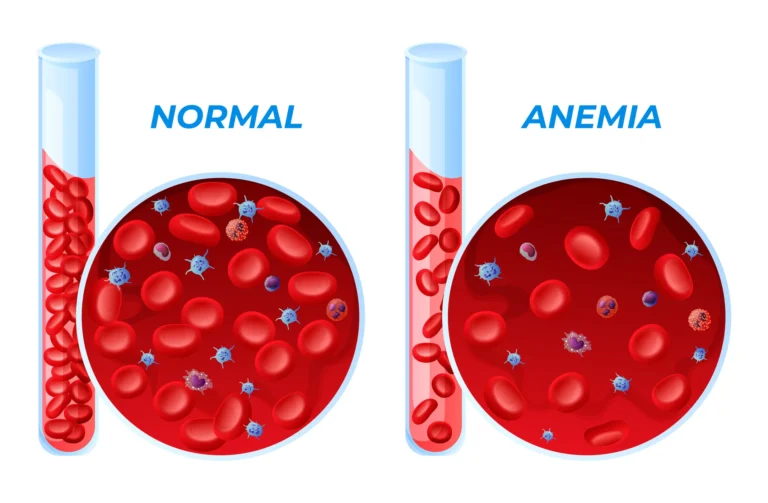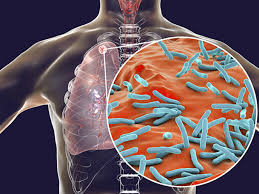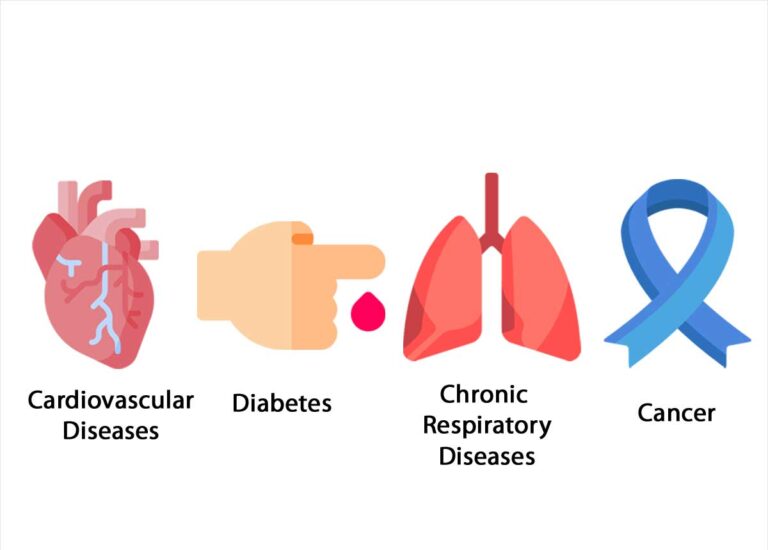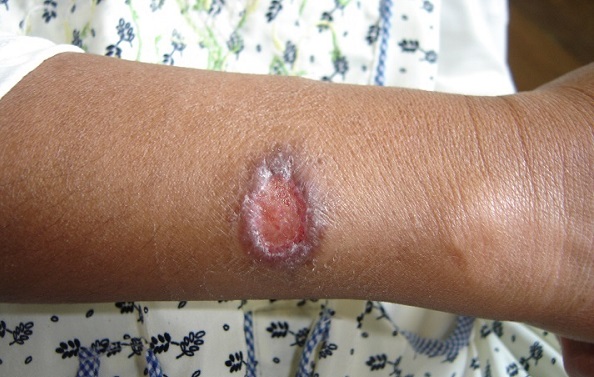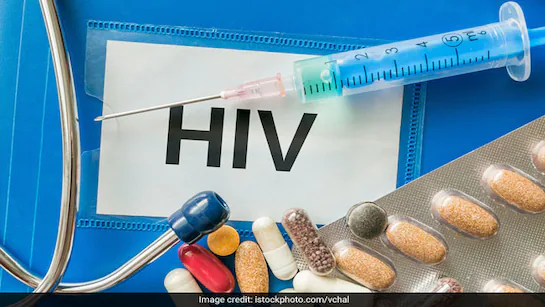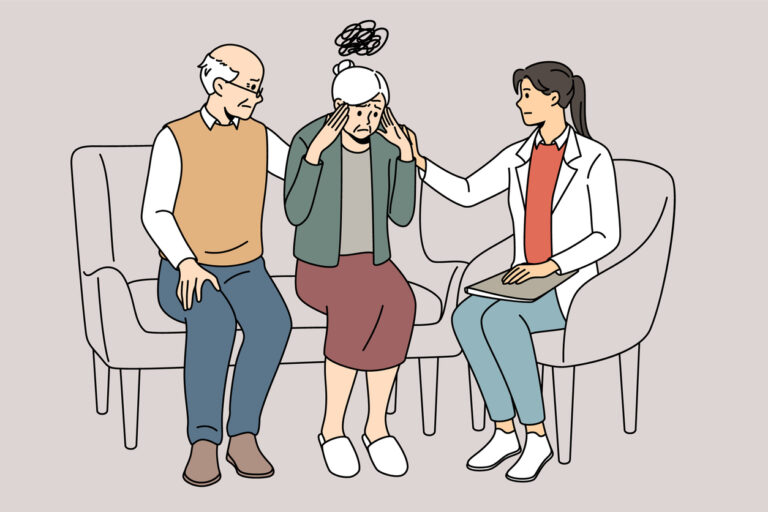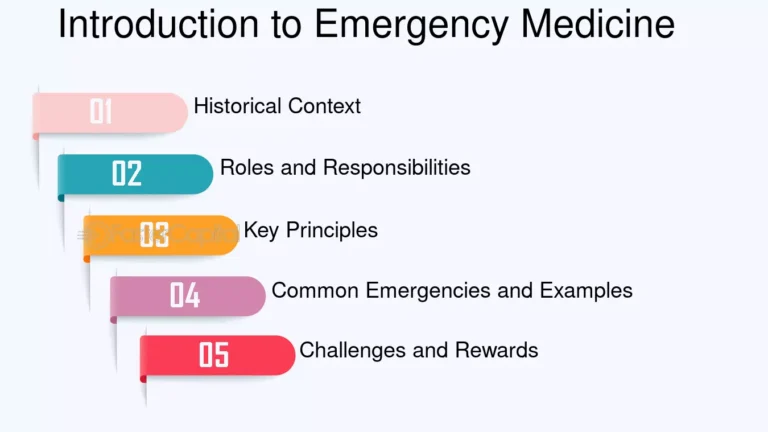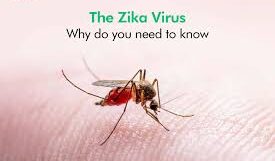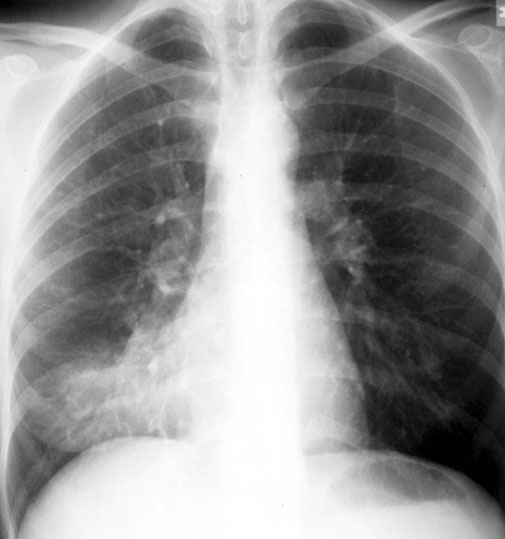Noncommunicable diseases
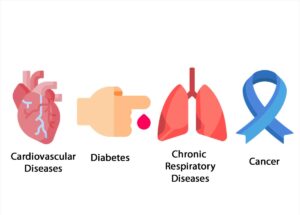
Noncommunicable diseases (NCDs), also known as chronic diseases, are conditions that are not transmissible from person to person. They are a leading cause of death and disability worldwide, representing a major public health challenge. Understanding their causes, risk factors, and prevention strategies is crucial for reducing their impact.
Understanding Noncommunicable Diseases:
- Definition:
- NCDs are long-duration diseases that progress slowly.
- They are not caused by infectious agents.
- They often result from a combination of genetic, physiological, environmental, and behavioral factors.
- NCDs are long-duration diseases that progress slowly.
- Major Types:
- Cardiovascular diseases (CVDs) (e.g., heart attacks, strokes)
- Cancers
- Chronic respiratory diseases (CRDs) (e.g., chronic obstructive pulmonary disease, asthma)
- Diabetes
- Cardiovascular diseases (CVDs) (e.g., heart attacks, strokes)
Causes and Risk Factors:
NCDs share several common risk factors:
- Behavioral Risk Factors:
- Unhealthy Diet: High intake of processed foods, saturated fats, trans fats, salt, and sugar; low intake of fruits and vegetables.
- Physical Inactivity: A sedentary lifestyle.
- Tobacco Use: Smoking and exposure to secondhand smoke.
- Harmful Use of Alcohol: Excessive alcohol consumption.
- Metabolic Risk Factors:
- Raised Blood Pressure (Hypertension): Damages blood vessels and increases the risk of CVDs.
- Raised Blood Glucose (Hyperglycemia): Leads to diabetes and its complications.
- Raised Blood Lipids (Hyperlipidemia): Increases the risk of CVDs.
- Overweight and Obesity: Increases the risk of various NCDs.
- Raised Blood Pressure (Hypertension): Damages blood vessels and increases the risk of CVDs.
- Environmental Risk Factors:
- Air pollution (both indoor and outdoor).
- Exposure to carcinogens.
- Lack of access to clean water and sanitation.
- Air pollution (both indoor and outdoor).
- Socioeconomic Risk Factors:
- Poverty.
- Lack of education.
- Unequal access to healthcare.
- Poverty.
Impact of Noncommunicable Diseases:
- Mortality: NCDs are responsible for a significant proportion of deaths globally.
- Morbidity: NCDs cause substantial disability and reduce quality of life.
- Economic Burden: NCDs place a heavy burden on healthcare systems and economies.
- Social Impact: NCDs can lead to social isolation, stigma, and discrimination.
Prevention and Control:
Effective prevention and control strategies are essential for reducing the burden of NCDs:
- Public Health Policies:
- Implementing policies to promote healthy diets, physical activity, and tobacco control.
- Regulating the marketing of unhealthy products.
- Creating environments that support healthy choices.
- Healthcare Interventions:
- Screening for and managing risk factors (e.g., blood pressure, blood glucose, cholesterol).
- Providing access to essential medicines and technologies.
- Promoting early detection and treatment of NCDs.
- Screening for and managing risk factors (e.g., blood pressure, blood glucose, cholesterol).
- Community-Based Interventions:
- Educating communities about healthy lifestyles.
- Creating environments that support physical activity and healthy eating.
- Promoting social support networks.
- Individual-Level Interventions:
- Adopting healthy lifestyle behaviors.
- Regular health check-ups.
- Adherence to prescribed medications.
Key Strategies:
- The WHO “Best Buys”:
- These are cost-effective interventions for preventing and controlling NCDs, including:
- Taxing tobacco and alcohol.
- Reducing salt intake.
- Promoting healthy diets.
- Increasing physical activity.
- Screening and treating hypertension.
- Preventing cervical cancer.
- Taxing tobacco and alcohol.
- These are cost-effective interventions for preventing and controlling NCDs, including:
- Multi-sectoral approach:
- Combating NCDs requires collaboration among various sectors, including health, education, agriculture, transportation, and urban planning.
- Combating NCDs requires collaboration among various sectors, including health, education, agriculture, transportation, and urban planning.
Global Initiatives:
- The World Health Organization (WHO) and other international organizations are working to address the global burden of NCDs through initiatives such as the Global Action Plan for the Prevention and Control of NCDs.
- The United Nations Sustainable Development Goals (SDGs) include targets related to reducing premature mortality from NCDs.
Addressing NCDs requires a comprehensive and coordinated approach involving governments, healthcare professionals, communities, and individuals. By implementing effective prevention and control strategies, we can reduce the burden of these diseases and improve the health and well-being of populations worldwide.
I hope this information is helpful.











